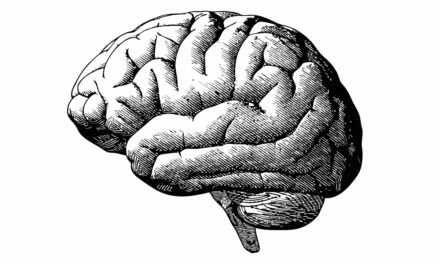Often thought to be a disease of old men, most people have a frame of reference for Parkinson’s disease limited to Michael J. Fox and Muhammad Ali. A chronic and progressive disease that attacks the nervous system, its most common symptoms are tremors, rigidity, and slow movements. However, women are prone to a somewhat different profile of the disease, especially in the beginning. “More and more women are being diagnosed with Parkinson’s, and their symptoms are different,” says Jill Farmer, DO, MPH, a neurologist and fellowship-trained movement disorder specialist who runs the movement disorder program at Capital Institute for Neurosciences.
Parkinson’s causes degeneration of the basal ganglia of the brain, the area responsible for initiating and coordinating movement, and a deficiency of the neurotransmitter dopamine, a chemical released by nerve cells that sends signals to other nerve cells. Nearly 1 million people in the United States are living with Parkinson’s disease, and while the incidence is higher in men, Dr. Farmer says, “after menopause the rates of disease equal out among men and women.”
While the lack of dopamine in the body typically causes impaired muscle control, in women the disease may not present itself in the traditional ways, especially in the early onset period. Although neurologists typically look for motor impairment, in women, non-motor symptoms like depression, anxiety, and sexual dysfunction may be the first and most prevalent signs, says Dr. Farmer.
“From what I’ve seen anecdotally in my practice, when a younger woman comes in with an initial symptom, it’s for anxiety,” says Dr. Farmer. “She’s been told by many people that it’s social anxiety or situational anxiety, and she just can learn to deal with it and cope with it. She’s tried different medications or she’s tried different therapies, and it hasn’t really had much benefit for her.” Therefore, while women may tend to attribute depression and anxiety to stress factors or hormones, it may be worth a closer look.
An early diagnosis of Parkinson’s disease—while upsetting—can mean more effective treatment, Dr. Farmer explains. “Starting medications sooner rather than later can have an overall symptomatic benefit for the patient,” she says. “They used to think that since the medications we use to treat Parkinson’s are mainly for symptom management, if your symptoms aren’t bothering you, then there’s no need to treat it. Now the practice is shifting to say that having something onboard to help stabilize your dopamine, which is what’s depleted in Parkinson’s disease, can potentially help you overall in the long term.”
While there are still no medications or cures that can change the underlying pathology or reverse the disease, there have been medical advances that are leading patients to a better quality of life. Levodopa, which was developed in 1967, is still the gold standard, Dr. Farmer says, because it is essentially pharmacologic dopamine. “However, the problem with that medication is that when you’re on it for an extended period of time—anywhere from 7 years or more, you can start to develop dyskinesia, or the motor fluctuations that Michael J. Fox had, where it looked like he was dancing around a little bit.”
New medications, known as dopamine agonists, are available to patients, designed to mimic the way dopamine works in the body but not as potent as levodopa. Another medicine, called an MAO-B inhibitor, works as a recycler of dopamine in the body, designed to keep it around a little longer.
While these alternatives are not a cure, they provide long-term relief to many thousands of patients once they have been diagnosed. Dr. Farmer says, “They won’t slow or change the progression of the disease, but starting medical intervention early can help with symptom modification.”







